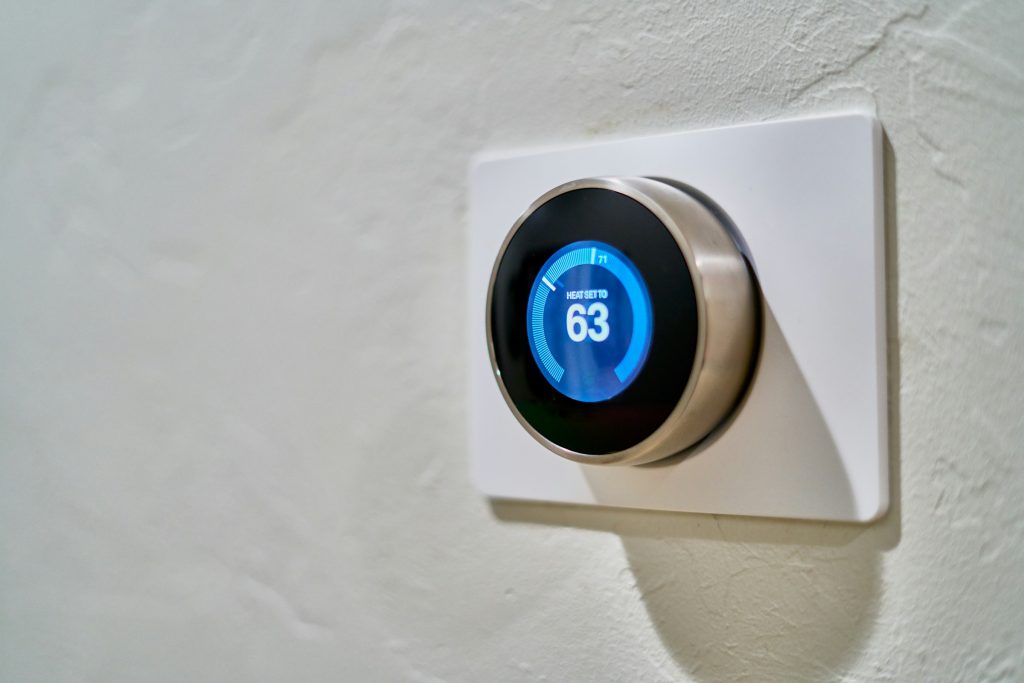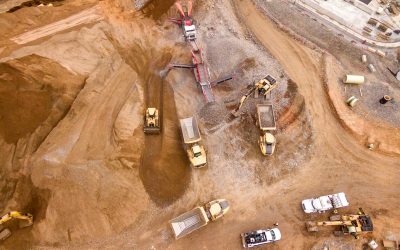AI is quickly becoming a necessary tool in many industries, and the building and construction industry is no exception. AI has been shown to help speed up the process from design to completion and beyond.
We can use AI and its expedited data analysis to make informed decision about building envelope design that will help a building last further into the future than buildings that do not take optimized building envelope design, or utilize AI in an efficient manner.
Table of Contents
What is a Building Envelope?
The building envelope is the “shell” for what goes inside a building. It consists of windows, doors, walls, roofs, siding – anything on the outside of your building that protects the inside of the building from the outside environment. You can optimize your building envelope for maximum energy efficiency and a smaller carbon footprint.
Some characteristics of an optimized building envelope include:
– Thermal insulation that reduces heat flow
– Airtightness for reduced air leakage
– Moisture control to prevent things like condensation and water entry
– Durability through a weather tight design that prevents degradation of performance
Components of Optimized Building Envelopes
To create an optimized building envelope, you need to focus on the individual parts of the envelope and how the choices for each influence overall building performance.
Walls
When considering the walls, investigate insulated panels and insulation materials to reduce thermal bridging. Another component is exterior cladding, which provides weather resistance as well as aesthetic appeal.
Windows & Glazing
Reflect heat and allow the natural warmth and light of the sun in at the same time. Low-E glass does just that! Choose low-E glass with double or triple glazing for added insulation and acoustic insulation.

Roofs
When it comes to roofing in optimizing the building envelope, consider a cool roof, which will help reflect the sun’s radiation for a cooler building and better insulation from heat. Additionally, creating a green roof adds insulation and is a great choice in urban areas to prevent heat islands.
Doors
A high-performing and optimized building envelope includes infiltration doors with insulation and an air tight seal to prevent or minimize leakage. Choose doors with reinforced fiberglass material.
Sealing & Insulation
An enveloped is by forming barriers that are hard for air and moisture to penetrate. Insulate heat and reduce heat transfer with reduced heat flow when you choose materials like Cellulose, fiberglass, or foam. These materials ensure airtightness.
Benefits of Optimized Building Envelopes
Creating an optimized building envelope helps you and your building join the push for a cleaner, greener built environment while streamlining and optimizing your building’s overall performance. Your building will have a lesser impact on the environment surrounding it. Other benefits to an optimized building envelope are:
Energy Efficiency
In today’s day and age, energy efficiency is as the top of the list when it comes to green building. Whether it’s a residential home or a multi-story office building in a busy downtown metro, the appeal of energy efficiency is almost a requirement.

Energy efficiency means a building with materials that provide great thermal qualities: warm in the winter and cool in the summer, offering a building with systems that run optimally and efficiently with a noticeable cost savings – and less dependency (and wear and tear) on the HVAC system to regulate indoor temperatures.
Occupant Comfort
I always dress for the environment I’m going to, not the one I’m coming from. Going between Michigan and Arizona for spring break one year, I decided I’d wear my jeans and winter jacket back to Michigan, although it had been sunny and warm in Arizona. While uncomfortable for a short time as the sun beat down in Arizona, I was comfortably warm stepping off the plane in snowy Michigan.
Comfort is paramount inside as well. Constructing a building that eliminates drafts, hot/cold spots, and regulated indoor temperatures goes a long way in occupant comfort. This controlled ventilation also offers the opportunity for increased air quality, leading to happier, healthier occupants.
Cost Savings
Designing a building envelope for optimum efficiency means plenty of cost savings. While better materials and systems may cost more up front, the future cost savings and benefits far outweigh the high price tag at the start.

Typical cost savings include lower utility bills due to lower, more efficient energy consumption, and long term savings in lowered maintenance costs and extended lifetimes for the building and its systems.
Environmental Impact
You’re building an optimized building envelope for your own cost savings, as well as contributing to a lower carbon footprint and a lower impact on the building’s surrounding environment. Buildings with optimized building envelopes also take advantage of sustainable building materials to lessen the exploitation of natural resources which can take months or years to replace.

Choose bamboo (which grows at up to 3.3 feet per day) over traditional lumber for some applications, consider wool insulation, or recycled steel, glass, or plastic, to name a few.
Increased Property Value
A building with an optimized building envelope not only creates extra profits in the way of cost savings, but also with increased property value. These high-performing buildings attract customers and occupants looking to do their part to make the world a cleaner, greener place. By occupying or becoming a client of a business in such a building, people are provided an easy way to contribute that mission.
How AI Can Help
There are a number of ways artificial intelligence can help optimize your building envelope so you can reap the benefits we’ve talked about here. AI is like a human brain, but faster. While you likely want to leave the creative elements of the job to a human can produce a usable plan, AI can use complex algorithms to analyze building envelope efficiency by calculating vast amounts of data and quickly identify areas for improvement – faster than a human can recognize and fix the problem.
During the Planning and Construction Phase:
Building Envelope Efficiency Analysis
AI uses algorithms to analyze vast amounts of data and identify areas for improvement – before the building is even built! AI can process a model and assess factors like insulation, materials, and fenestration to optimize energy efficiency, reduce environmental impact, and enhance occupant comfort and safety.
Predict Energy Consumption
Using historical data and area weather patterns, AI can help predict the amount of energy a building will use at any given time of day or time of year. With the results, building and construction professionals can better plan and allocate resources, and choose sustainable options that will fit the environment and enhance the envelope’s energy performance.
Insulation & Thermal Performance
Through AI’s advanced analytical abilities, it can evaluate building envelope data and compare it with real-time local weather information to optimize insulation and thermal performance. AI pinpoints areas of heat loss or gain and can recommend the appropriate actions to take, including insulation suggestions.
After Construction:
Daylighting
A major consumer of energy is a building’s lighting system. Using LEDs is a step in the right direction, but what if you had enough daylight you could light a room or space with minimal reliance on artificial light?

AI can help optimize daylighting in buildings by analyzing building orientation, geographical location, and even weather considerations to determine the ideal placement for windows, blinds, and other shading devices to maximize natural light – while minimizing glare and heat gain.
AI can be connected to systems that can adjust for these factors and even open and close shades and control artificial lighting to work with the amount of daylight available.
Real-Time Monitoring & Analysis
A key to energy savings and an efficient building is real-time monitoring. Setting a thermostat to a constant temperature, or lighting to a constant brightness, doesn’t take advantage of external factors like weather that can affect a building’s performance.
AI can provide real-time monitoring and analysis of this data using sensors and algorithms to evaluate temperature, humidity, air quality, energy consumption, and more. It can analyze patterns, detect anomalies and optimize performance without excessive wear and tear on building systems.

Real-time analysis means AI can not only evaluate the needs and performance of the system, but it can make subtle changes to create the perfect, energy efficient space that takes advantage of both internal and external resources.
Final Thoughts
AI is a tool that has infiltrated the building and construction industry and is here to stay. By harnessing its benefits, industry professionals can design and build better, more efficient building envelopes that will become standard practice for the future.
The staff at Structr Group can help you add the features that will optimize your building envelope for maximum efficiency and top-notch design.
Contact us today!




0 Comments